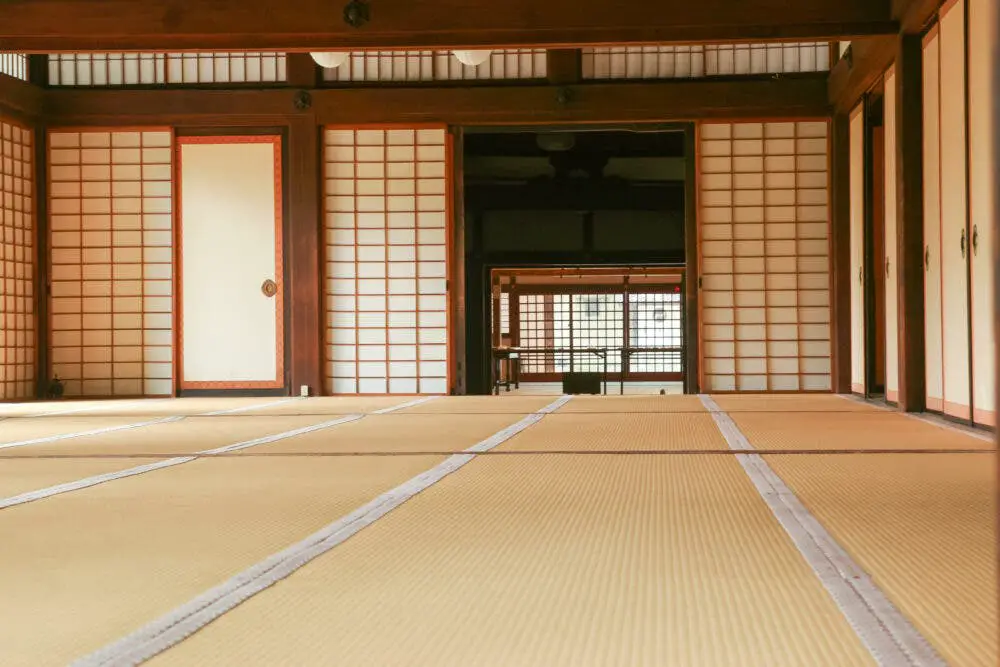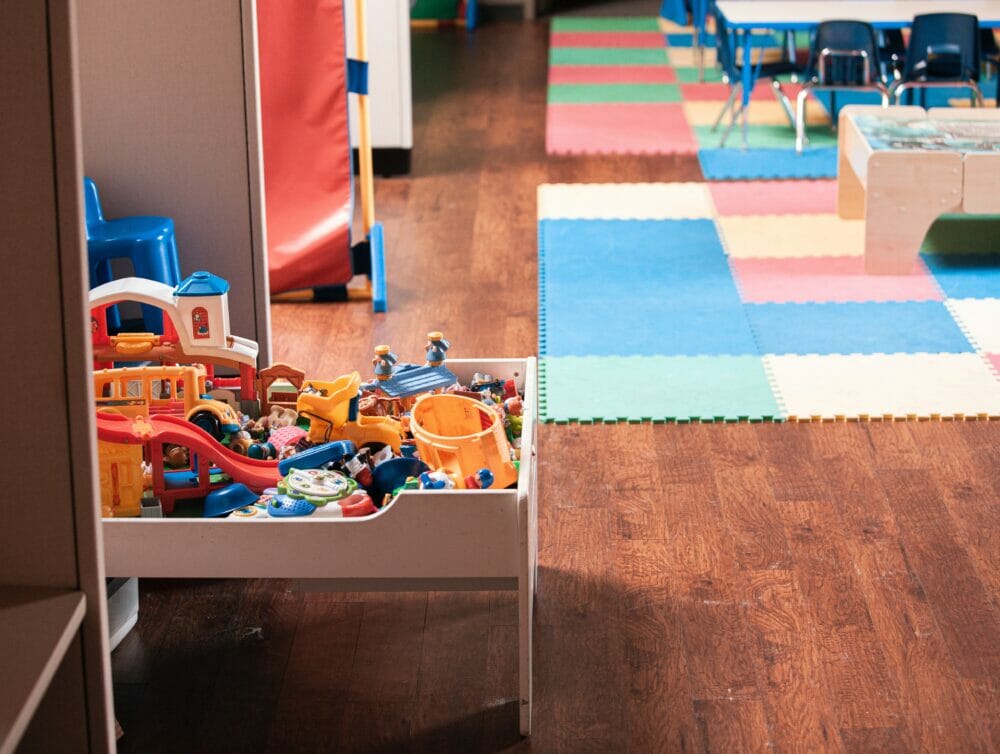Do you know what a tatami floor is for ? Before that, the first thing you should know is that it is of Japanese origin and means: “folded and stacked”. Formerly, it was used by the Japanese to cover the floors of their houses or meditation spaces. But today, they can be found These expanded polystyrene floors , in different sizes and are generally used to cover the floors of sports or school areas.
We tend to relate the tatami as the ground that serves as protection to practice martial arts. However, there are multiple uses for the tatami floor and here we explain.
Tatami floors
It is an ideal floor for the practice of martial arts such as: karate, judo, ju-jitso. But its installation is also used for children’s school areas , where protection for children is needed. There is a wide range of tatami floors , adapted to every need.
Types of soils
- Plank tatamis : made of polyurethane foam agglomerate, lined with PVC canvas. You can choose the size of the plate, as well as its thickness. Its thickness and density reaches up to 200kg / m3
- Puzzle type : this type of floor can be moved anywhere to be assembled and disassembled with ease. They are usually reversible, in two colors, with multiple uses.
Advantages and features
- Is recyclable
- Can be washed
- Ease of installation
- Ease of cut
- Infinity of combinations
- Different thicknesses and densities, depending on the activity
- Economic
Tips for choosing a tatami floor
First, several aspects must be taken into account when purchasing it.
- What type of user is it aimed at ?: children, professionals, individuals, etc.
- What physical activity is the tatami floor intended for?
- Will it be a fixed or temporary installation?
- Budget type: prices vary according to the quality, thickness, and material of the floor.

According to the type of physical activity
In addition, it is important to take into account and detail the type of physical activity that will be carried out on the tatami floor . This will determine the thickness, quality and quantity of plates to be installed.
- Martial arts: for this physical activity, low-density floors are needed, so that they cushion during the fall. They are usually made of EVA, a material that mixes acetate, ethylene and vinyl.
Three types of tatami floor thicknesses are recommended for this martial arts activity:
- 2-centimeter planks: used for physical activities that require more freedom for the feet, due to maneuvers and turns. Advisable in disciplines such as: full contact, karate, taekwondo, etc.
- 3 centimeters thick: ideal for disciplines with more sporadic falls.
- 4 centimeters: it is the widest tatami floor and is indicated for activities with higher intensity common falls.
- Fitness activities: every day more tatami floors are seen in fitness sports facilities or gyms. It is a comfortable floor that adapts to any discipline.
- Nurseries and nursery schools: when choosing the type of flooring for these facilities, the little ones are considered. It is best to install the puzzle mat. Special for spaces with children who start to walk and stumble often. The thickness of this tatami floor is 20mm.
- In the home: this flooring has become so popular that it is also used in the home. The installation is usually seen in children’s bedrooms, children’s playrooms or relaxation spaces.
Tatami puzzle

It is another type of floor, different from traditional tatamis . Its main characteristic is that it has built-in tabs, which allow its pieces to be joined like a puzzle. It is number one in kindergartens .
Due to its popularity in the market, there is a wide variety of puzzle floor sizes and colors, making it difficult to choose when purchasing. The first thing to keep in mind is that not all puzzle floors are the same.
Density is one of the main points to consider when buying tatami flooring and obtaining the desired results. The density of a tatami is determined by the relationship between the mass of a body and the volume it occupies in space. This will affect the mobility that can be had on the mat. If the soil is very dense, it will also be very hard. Which offers a stable surface for balance.
